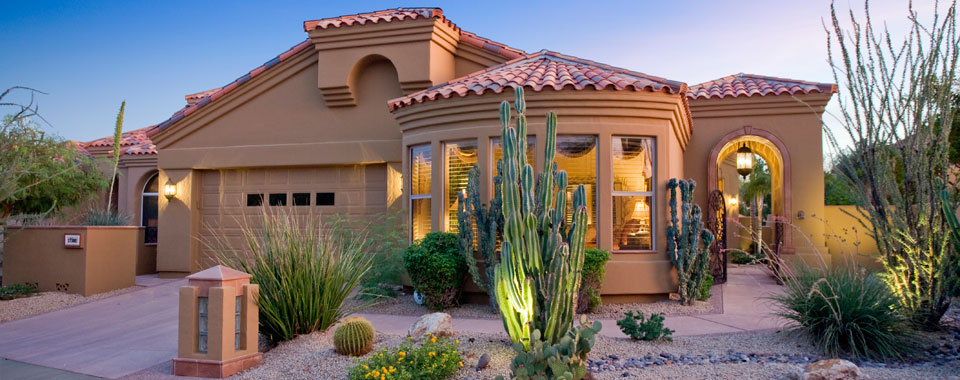Post-Foreclosure or Short Sale Home Buyers
 Whether you are re-entering the market after a foreclosure or short sale, there are a few things you will need to know. There are mandatory waiting periods before these homeowners can apply for a new mortgage. For a new FHA loan, the required waiting period is three years, whether it’s a prior foreclosure or a short sale. The waiting period begins the date the prior foreclosure or short sale was actually recorded, not when the homeowner has left the home. So if the transaction took several months to be negotiated, those months need to be excluded from the three-year time period.
Whether you are re-entering the market after a foreclosure or short sale, there are a few things you will need to know. There are mandatory waiting periods before these homeowners can apply for a new mortgage. For a new FHA loan, the required waiting period is three years, whether it’s a prior foreclosure or a short sale. The waiting period begins the date the prior foreclosure or short sale was actually recorded, not when the homeowner has left the home. So if the transaction took several months to be negotiated, those months need to be excluded from the three-year time period.
For a conventional loan, the waiting period is typically four years after a short sale, and seven years post foreclosure. VA loans typically have a waiting period of only two years. There may be extenuating circumstances such as a significant reduction or income that may reduce these timeframes.
Homeowners who have gone through a short sale or foreclosure will also have to take special care to raise their credit scores. Paying down or paying off any other debt such as credit card debt or automobile loans are the quickest way to do this. Pulling your credit reports from the three national credit companies—Equifax, Experian, and TransUnion—and examining them closely for any outstanding debts and liabilities is another important step to take before applying for a new mortgage. If there are any inaccuracies, you will need to notify these credit bureaus as soon as possible.
Finally, there are many resources to assist these homeowners who want to re-enter the housing market. The Arizona Department of Housing, for example, has a program called the HOME Plus Home Loan Program which may offer assistance with down payments thanks to grants. Another mortgage program to consider may be The Pathway to Purchase Down Payment Assistance Program, which provides a 30-year fixed-rate mortgage with a down-payment assistance second mortgage (equal to 10 percent of the purchase price, or up to a maximum of $20,000).
I’d be happy to help you navigate these mortgage solutions or find others that may be more suitable to your personal situation.

 Anyone who has ever been involved in assuming a mortgage, or even watched a few real estate shows on HGTV, is familiar with closing costs. But what exactly are closing costs? Here’s a quick rundown of these additional fees.
Anyone who has ever been involved in assuming a mortgage, or even watched a few real estate shows on HGTV, is familiar with closing costs. But what exactly are closing costs? Here’s a quick rundown of these additional fees. Tiny houses seem to be quite the popular trend nowadays. Thanks to TV shows, the news, and home magazine articles, we’ve been inundated with the popularity of tiny houses. With the typical American home size being 2,400-2,600 square feet, the 100-400 square feet of tiny houses represents a 65 to 90% decrease in living space. The reasons for the popularity of tiny houses range from financial to environmental, as well as a desire to simply downsize and simplify one’s life.
Tiny houses seem to be quite the popular trend nowadays. Thanks to TV shows, the news, and home magazine articles, we’ve been inundated with the popularity of tiny houses. With the typical American home size being 2,400-2,600 square feet, the 100-400 square feet of tiny houses represents a 65 to 90% decrease in living space. The reasons for the popularity of tiny houses range from financial to environmental, as well as a desire to simply downsize and simplify one’s life.